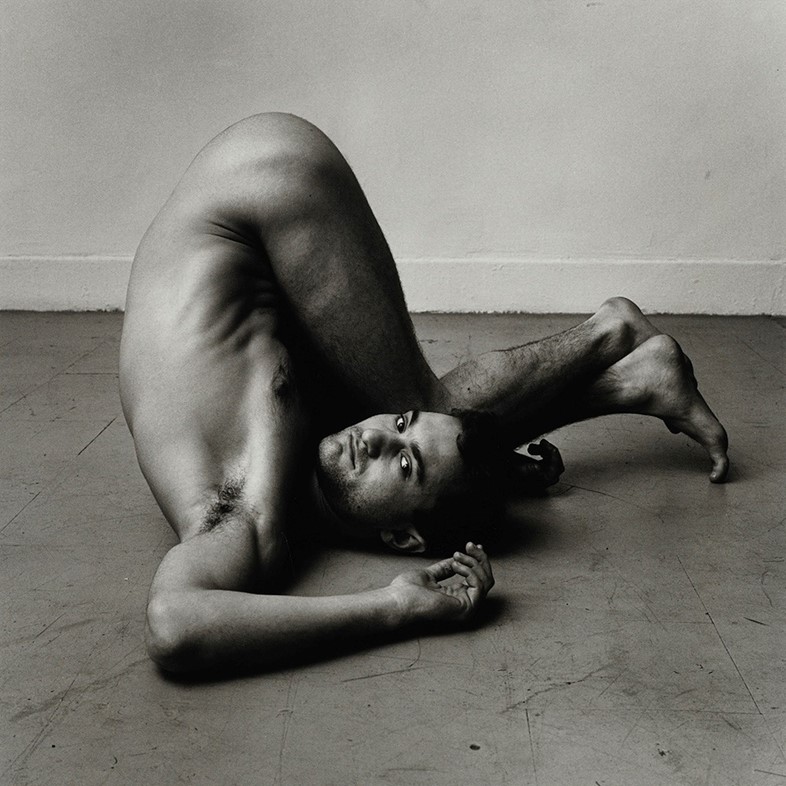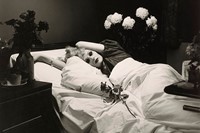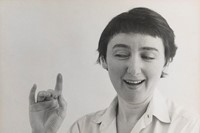While his powerful photographs of Candy Darling and Susan Sontag are by now well-known, it’s Peter Hujar’s lesser known images which tell the real tale, says curator Joel Smith
New York-based artist Peter Hujar never encountered much in the way of success in the course of his lifetime, explains Joel Smith, the curator behind a new exhibition of his powerful photographs entitled Speed of Life at that city’s The Morgan Library and Museum. Hujar was simply not a self-promoter – a fact which placed him in stark contrast with his contemporaries. His restrained nature was by no means due to a lack of confidence, however. “I would say it’s exactly the opposite,” Smith continues. “He felt that the work was so strong that it should speak for itself – it was a temperamental disinclination to put himself forward. So when the work did not go over the top without effort, I think this confirmed his worst suspicions about the world. And when a photographer like Robert Mapplethorpe, who really relished the opportunity to promote himself, made it straight up to the top, and defined a new top for what a contemporary photography could do in terms of renown, that also confirmed for Hujar that this world was not all for him.”
Disenchanted, Hujar turned to the East Village underworld in which he felt himself to be most at home, and set about creating singularly affecting photographs of the artists, writers and thinkers – a set of people he considered the greatest of the era, but who also happened to be “simply his neighbours, and the people that he sees two or three nights a week” – instead. He died tragically early in 1987, at the age of 53, having contracted AIDS, but the impact he made over the course of his relatively short career is still felt today.
“Those who knew him the longest and the closest speak of how funny he was, how well read, how playful, and how unpredictable – which is to say that he could fall into depressions that really cut him off from the world,” says Smith. “He was a very sensitive person, but on the other had a very tough personality, as somebody who was used to rejection of various kinds. A central fact about him is that he knows by the early 1950s that he’s gay, and that he will not be accepted for that, and what he does about it is move out, at age 16, into an apartment of his own in Greenwich Village, which is the one place that he could be where it would not be an issue. Because he did not present as homosexual in any of the standard ways that that would have been visible at that time, people took him as straight for decades of his life, and all of that sort of informs his special role in a changed world. Once there becomes a way of being out of the closet, he still continues to be the person he’s always been.”
At that time his was a “secret fame”, Smith says – but in the years since the world has learned more about him. Perhaps as a result, his oeuvre has been reduced down to a few instantly recognisable portraits. Take the 1973 shot Candy Darling on her Deathbed, for example, a quiet and serenely sentimental image capturing the Velvet Underground muse reclining as though for a restful moment in the final days of her life. Or, writer and political activist Susan Sontag stretched out, gazing thoughtfully into the air above her. “It’s altogether appropriate that [these images] are well known,” says Smith, “but the body of work is so much richer.” In the interests then of shedding light on lesser told elements of his story, here Smith shares four images from the Morgan’s captivating exhibition about Hujar’s work.

Daisy Aldan, June 19, 1955
“The earliest exhibition print that we know of in all of Hujar’s work is his portrait of Daisy Aldan, which he made in June of 1955. Daisy was his high school English teacher at the School of Industrial Arts, and a classmate of his from high school told me just last month: if you were unhappy with your life and you wanted to become someone else, Daisy was the person you wanted to know. She had been a radio actor as a child, she was a poet, she was a translator of Baudelaire, she was very widely connected in literature and the arts – and she really brought Hujar into the world of culture, she’s the first adult who encouraged him in his art.
“This portrait is in a classic Avedon mode of its time, it’s really where Avedon was at that moment. In fact, just this morning, I can tell you that as I prepared to talk to you I looked at it in the gallery and I thought ‘You know, this is a kind of performance’. It’s a very gentle, intimate kind of performance, but what he’s doing is photographing somebody in action, which he seldom does later on. It’s such a striking intersection. He is channelling something very intentionally from Avedon, and the element of it that lives on in his portraiture is the simplicity of the set-up. That’s really what he got from both Avedon and Penn, I think – the idea that you leave the sitter alone.”
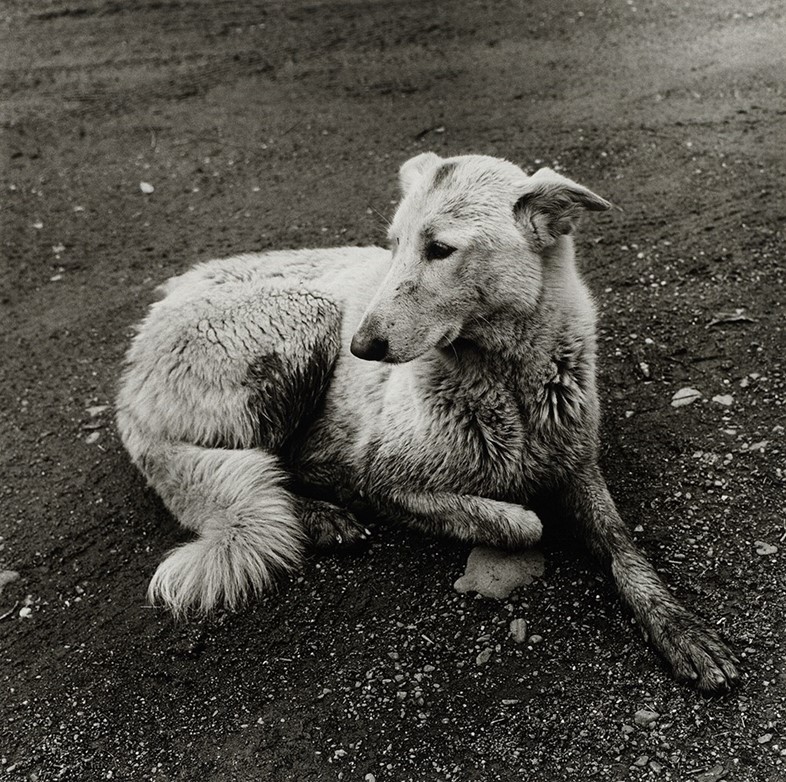
Dog, Westtown, New York, 1978
“This is a photograph that I would draw in connection to another photographer: namely, Diane Arbus. 1978 is seven years after Arbus dies and Aperture publishes a monograph on her work, and Hujar had that book, and I’m sure looked at it many times. He was very conscious of the fact that they were both working in black and white, and square format, largely making portraits, and she was just such a towering influence at that time. She was very hard to get away from, and he was conscious of the need to do something different from her. I think there was a certain amount of friction there.
“I mention it simply because in that Aperture monograph is an introductory essay that’s made by transcribing a talk that she gave to a group of students, which is full of beautiful phrases and fantastic language that’s inimitably in [Arbus’] style. One of the standalone sentences in that lecture was: ‘One thing I would never photograph is dogs lying in the mud’. She doesn’t explain what she means by it; as she does with her pictures, she leaves you to interpret and to make what you will of it. My interpretation is that it means ‘you may find my pictures to be critical, or that I’m presenting people in a degrading light, but that’s not what I’m doing’.
“Whether Hujar was thinking of her or not when he had the camera in his hand and he encountered this dog in the countryside in 1978, I think he can’t have helped but think of that statement sometime in the course of deciding to make an exhibition print of it. It’s as though he’s saying, ‘Well, I can do what I do perfectly well by photographing dogs in the mud’. And it’s a glamorous image in its way – in this very improbable, inimitably Peter Hujar way. There’s a glamour about this dog.”
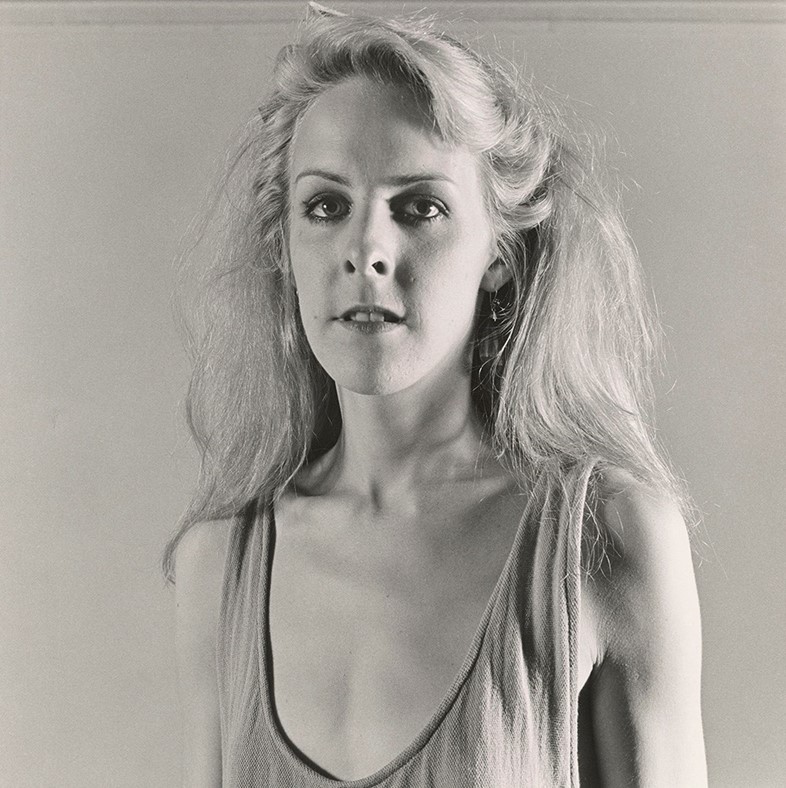
Greer Lankton, 1983
“Greer Lankton had had her sex-change operation four years before Hujar made this picture. She looks so fresh and so natural; to me it’s a picture that doesn’t tell you how to feel about this person. It doesn’t tell you to be suspicious about anything, about her gender identity. It’s not a gotcha picture that says ‘Ah-ha! You thought you were seeing somebody born female!’ It’s studiously neutral and yet, as glamorous in its presentation of this person as can be. In that sense, I think it’s profoundly empathetic. It’s really making gender the same kind of challenge or puzzle for us that it was for Greer.
“It’s quite a lovely portrait. She was over the moon about how the session had gone, and deservedly so.”
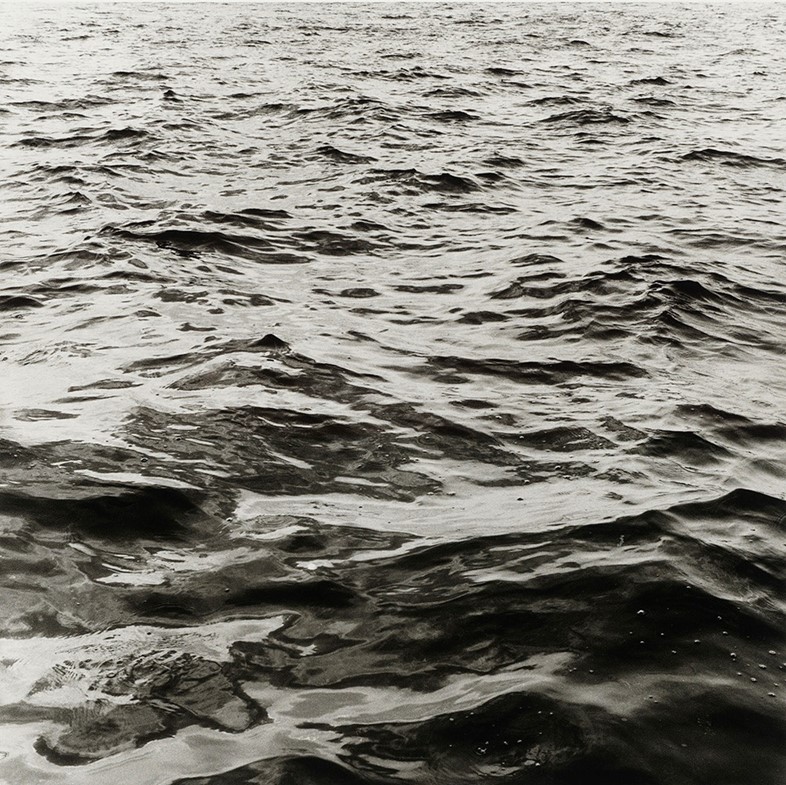
Hudson River, 1975
“The Hudson River picture from 1975 is one of a group of pictures of the surface of the Hudson River that Hujar made to be placed in a religious setting at Fordham University, which is a Catholic university in Manhattan. They were all in different states, and sometimes you can see clearly that the sun is reflected on a part of the water, but more often it’s quite ambiguous, as in this image. This one has the least sense of its relationship to a source of light. You have the clearest view of the water through the whole thing.
“To me, it has a Zen quality to it; it’s a very contemplative image. You could count these waves for hours. It reads as an absence of all the things that I think people associate with Hujar’s work – there’s not a person, there’s not a creature, there’s not a single thing inside the frame. It’s just the endless world of nature that you’re seeing. At the same time, he’s of course aware that it’s the Hudson River, and I think you’re seeing a little bit of a building near the pier reflected in the left foreground.
“This quality – you could call it spiritual, it’s somehow about the same kind of practice of peacefulness that a lot of the dancers and movement he photographed has about it – is something that I think is worth recognising throughout his work. He’s bringing the world to a standstill for the sake of his art form, which relies on stopping time, but at the same time recognising that things flow on.”
Peter Hujar: Speed of Life runs until May 20, 2018, at The Morgan Library & Museum.
